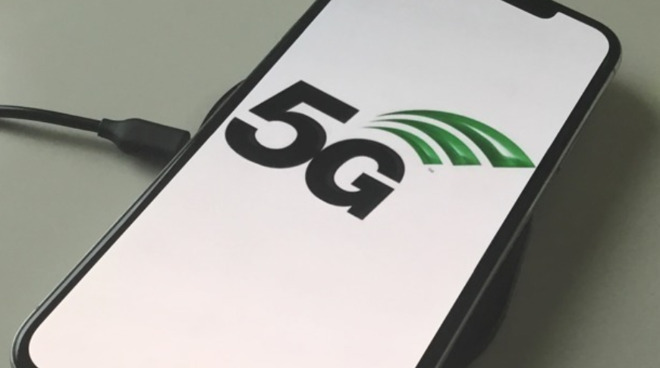Apple will be launching four iPhone models with 5G in the second half of 2020, analysts from JP Morgan anticipate, with the group split into two pairs of smaller and larger models, but one pairing will include 3D sensing capabilities on the rear and support for the faster mmWave-based 5G connections.

The 2020 iPhones are widely anticipated to support 5G
The rumors surrounding the iPhone 12 have pointed to three sizes of device, equipped with OLED displays across the board. In a note to investors seen by AppleInsider, JP Morgan believes a fourth will be released in the fall of 2020, with Apple increasing the number of smartphones it ships from the usual trio.
It is expected there will be one model each sporting a 5.4-inch and 6.7-inch display, while two will have 6.1-inch screens. JP Morgan also goes further to suggest the devices will be paired off with two offering higher-tier "Pro" style specifications, while the others will have lesser features.
One 6.1-inch and the 6.7-inch models will be the higher-end pairing, which will include a rear triple camera setup and "World-facing 3D sensing." This is likely to be offered using VCSELs, as brought up in earlier speculation about the models.
The other two, consisting of the 5.4-inch model and the other 6.1-inch variant, will have dual cameras on the rear and no 3D sensing.
While all will include 5G connectivity, the tiering of the devices will also introduce variations on this feature, as only the higher-tier pair will include support for mmWave, allowing them to connect at very high speeds in cities and built-up areas where mmWave 5G is offered. All models, however, will support the sub-6GHz 5G spectrum which is to be more widespread and robust than mmWave, albeit with far slower speeds.
According to JP Morgan, all four will be "driving potential acceleration in replacement cycles." The four will also be offered in the same year as an anticipated release of the second-generation iPhone SE, which is expected to ship with a 4.7-inch LCD display in the first half of 2020.
Apple is speculated to alter its iPhone release strategy in 2021, with JP Morgan using supply chain checks to propose a "strategic change in launch cadence" is on the way "to smooth seasonality." The change in cadence would apparently result in the release of two new iPhone models in the first half of 2021, followed by another two in the second half of the year.
As well as helping settle seasonality issues for the supply chain and revenue, the move is reasoned to help Apple "compete favorably against continuous launches from competitive OEMs throughout the year." The schedule would also limit the downside from "product cycle missteps," as it would allow Apple to tweak design aspects with a six-month timeframe.


